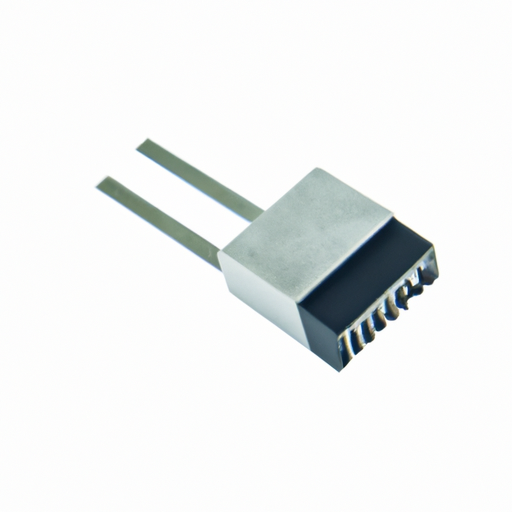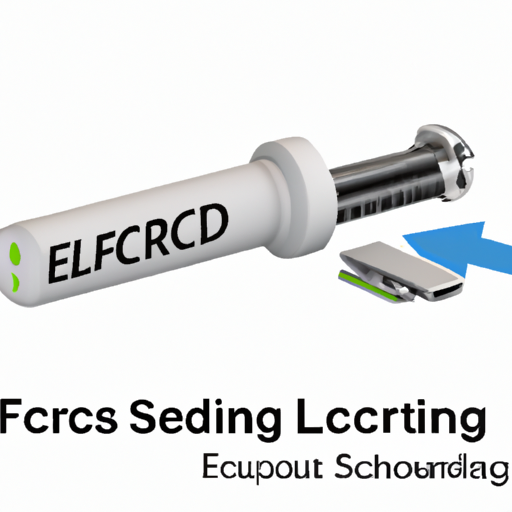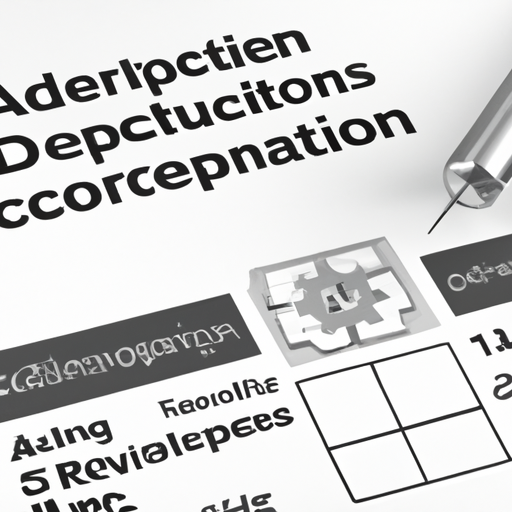What are the technical requirements of potentiometer products in terms of main product parameters?
There are many kinds of potentiometers, including the commonly used wired potentiometers and non wired potentiometers and the electronic potentiometers widely used in audio circuits. However, no matter how they change their forms, their main working principles remain unchanged.
The key components of potentiometer are resistor and brush. Potentiometers can be divided into several types according to the structural form between them and whether there is a switch. Potentiometers can also be classified according to the materials of resistors, such as wire winding, synthetic carbon film, metallic glass glaze, organic solid core and conductive plastic. The electrical properties mainly depend on the materials used.
Then, what are the technical requirements of potentiometer products in terms of main product parameters?
The main parameters of potentiometer include nominal resistance, rated power, resolution, sliding noise, resistance change characteristics, wear resistance, zero resistance and temperature coefficient.
1. Rated power
The maximum power allowed to dissipate on the two fixed ends of the potentiometer is the rated power of the potentiometer. In use, it should be noted that the rated power is not equal to the power of the center tap and the fixed end. The rated power of potentiometer refers to the maximum power allowed to be consumed by long-term continuous load under the specified rated temperature in DC or AC circuit when the atmospheric pressure is 87~107kpa.
2. Nominal resistance
These parameters are generally marked on the nominal resistance value of the product, and their series is similar to the series of resistors.
3. Allowable error level
The error range between the measured resistance value and the nominal resistance value can be ± 20%, ± 10%, ± 5%, ± 2% and ± 1% according to different accuracy levels. The accuracy of precision potentiometer can reach 0.1% .
4. Resistance variation law
It refers to the change relationship between the resistance value and the rotation angle (or sliding stroke) of the sliding contact. This change relationship can be in any functional form, and commonly used are linear, logarithmic and inverse logarithmic (exponential).





